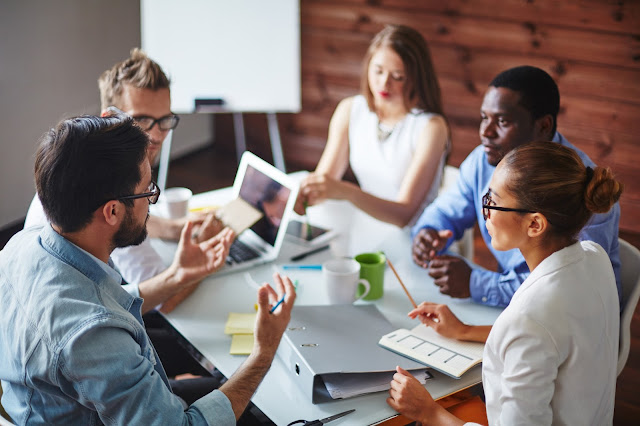How to build a great slide
Watching a presentation the other day (and hoping my loss of consciousness didn't show on my face) I was reminded of the need for people to know what makes a great presentation. It all starts with a great slide.
Why do we use slides?
Basically, because we humans have poor memories and even worse concentration.
Slides are to used to engage another sense (vision) in addition to hearing to increase the audience's attention and retention.
Although there are a lot of different numbers out there, experts seem to agree that you will remember a very small percentage of what you hear (about 10 per cent), about 20 per cent of what you read and about 80 per cent of what you see.
That's why a visually arresting slide makes you and your presentation much more effective.
How to create a great slide
- Unless someone gives you a set amount of slides (a completely inane practice), don't worry about the number of slides in your deck. The number of slides has absolutely nothing to do with how long your presentation will be.
- One slide for each idea, please. You'll have more slides, but you'll also go through each one faster -- another way to keep your audience's attention.
- Use a great visual on each slide. Some presenters only use visuals without words. Your slide is meant as a reinforcement of what you're saying so a strong image can be more useful than a lot of text.
- If you can't find a relevant image, make your text act like your graphic. A large single word on a blank slide can pack a punch.
- Don't write all your text or even full sentences on your slides. A single word may do it. Remember, the words are only a visual cue about the topic, not a script.
- Size matters in presentations. Make sure whatever is on the slide is visible and readable by someone sitting at the back of the room.
- Avoid charts, especially those with small labels and numbers.
- Don't bother taking up space with page numbers. You might even want to think twice about using your logo on every slide. They often clash with the rest of the visuals.
- There is some thought that using dark backgrounds is optimum so the words on the slide are the brightest thing on the page. Whether you choose to go dark or light, be sure there is high contrast between the background and the words for clarity and ease-of-reading.
But what about handouts?
If you have little to no text on your slides, how will your audience be able to use the presentation for future reference? If you need to provide a take-away with detailed information, use the notes section to include the detail and email the deck with notes to them after the presentation.
Do you have other tips to building great slides?
Colleen




Great tips. Especially the one about not using complicated charts. Some folks just don't get it!
ReplyDeleteThank you, Richard. You're a real pro at this so I greatly appreciate your comment! One of my biggest pet peeves is judging the length of a presentation by the number of slides. It's a key reason that slides get so loaded down with info.
DeleteThis comment has been removed by the author.
ReplyDelete